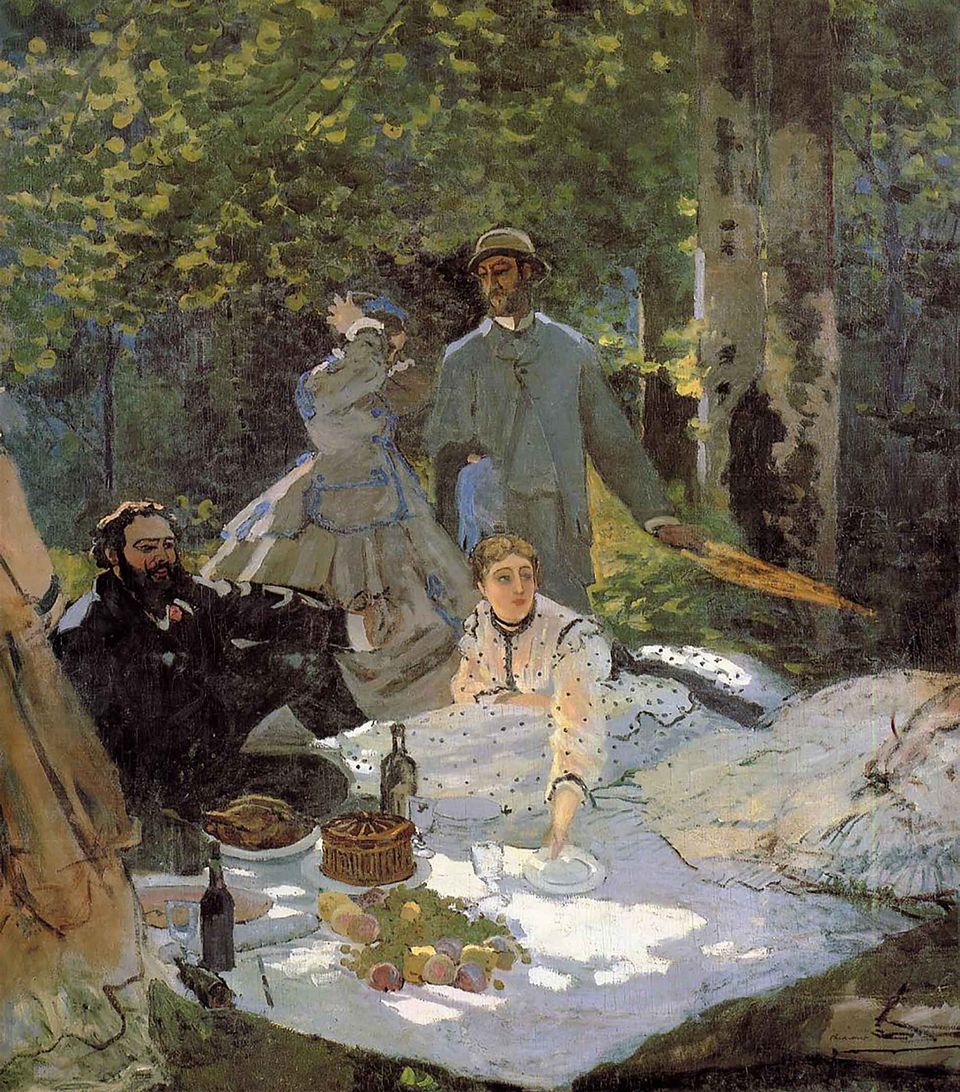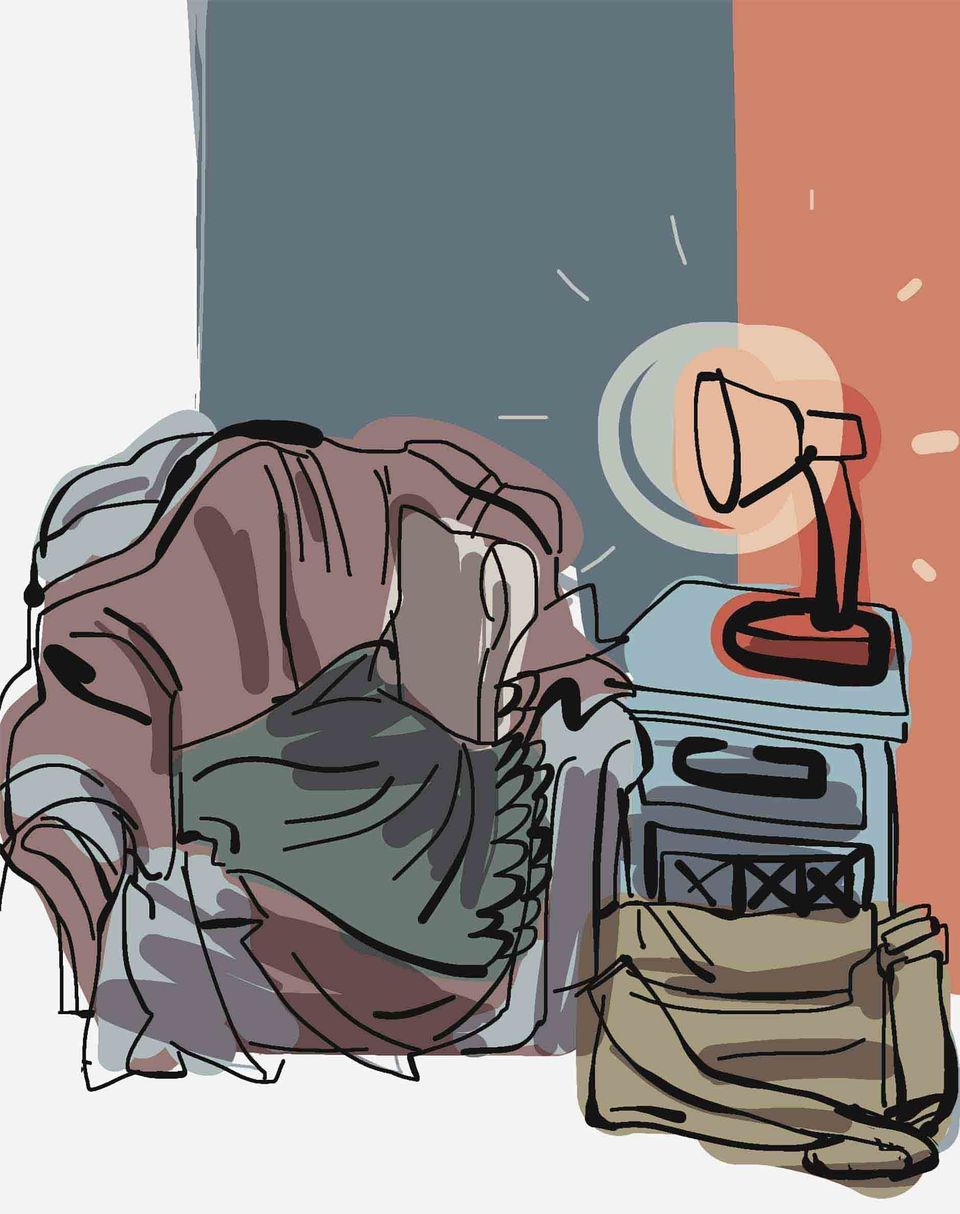4 Ways to Improve Your Creative Inspiration
February 18, 2020
Creativity can be evasive and hard to find in the best of times. However, despite this we all have the ability to be creative, sometimes it just takes some coaxing out. Below are 4 tips to releasing your creativity and improving your inspiration.
1. Find your muse
A muse can be anything you draw inspiration from. In order to be reliably creative, you need to have a clear idea of what your muse is. This can be nature, a person, music, a memory, anything that inspires you. As long as you know what it is, you can draw from it on demand. Be aware of what gives you an idea or that push into being creative.

2. Surround yourself with greatness
Excellence observes excellence. Many of the most celebrated artists have taken inspiration and guidance from people they would have considered to be one of the greats. For instance, Claude Monet’s Le déjeuner sur l’herbe was heavily inspired by Édouard Manet’s Le déjeuner sur l’herbe. By surrounding yourself with amazing art, music, novels, and people you give yourself something to aspire to and take inspiration from. Don’t be afraid to “copy” another artist's work, this is how you improve.
3. Use your creativity
If you do not create, you will not create. Just be creative, whether that be writing, drawing, painting, singing, playing an instrument etc. You don’t always have to create a masterpiece or write the best story of your life. If you want to improve and gain inspiration you need to constantly create and not be afraid of deviation or failure.
4. Ignore the haters
It is natural to feel vulnerable and uneasy about showing people your creations. However, people who knock you down are only doing so in order to build themselves up. Perhaps they are jealous of your creativity, perhaps they are intimidated by the message in your art, whatever the reason it is irrelevant to you. Do not let it get to you and if anything, use it as motivation to push yourself further. There are too many encouraging and wonderful people out there to spend your energy on the nay-sayers .
We hope these tips help you to live up to your creative potential. After all, you could be the next Michelangelo!
Articles

In the period since COVID forced many of us back home and out of the office, remote work has become the new norm for many. The flexibility of working from home, especially for those with small children, is very compelling, but making a productive workspace is more than setting up a desk in the spare room. More people are seeking to create functional and comfortable workspaces in their homes, however, it can be difficult to strike the right balance between a professional office space and a cosy home environment. Here are some tips for designing a home workspace that meets both of these needs: Dedicate a specific area for work Designating a specific area for work is essential for separating work from leisure time. This could be a separate room or just a corner of a room. It is important to make sure that the workspace is free from distractions and clutter, as this will help you stay focused and productive. Choose the right furniture Ergonomic furniture is key to a comfortable and productive workspace. Invest in a comfortable chair, a desk that is the right height, and a good-quality mouse and keyboard. If you are prone to back pain, consider a standing desk. Add personal touches Just because your workspace should be functional, doesn’t mean it can’t be personal. Add photos, plants, and other personal items to make the space feel like your own. This will help create a sense of comfort and make you feel at home in your workspace. Good lighting Good lighting is essential for a comfortable workspace. If possible, place your desk near a window for natural light. If not, invest in a high-quality desk lamp to provide bright, even light. Keep it organised An organised workspace will help you stay productive and focused. Use desk organisers, filing cabinets, and other tools to keep your work area free from clutter. A clean and organised workspace will also help you start each day with a clear mind. Consider your work style Think about the type of work you do and how you like to work. If you prefer a minimalist workspace, opt for a simple desk and a few basic supplies. If you need space for multiple screens and other technology, make sure you have enough room to work comfortably. Take breaks It’s important to take breaks throughout the day to avoid burnout. Step away from your desk, go for a walk, or do some stretching exercises to clear your mind and recharge.











